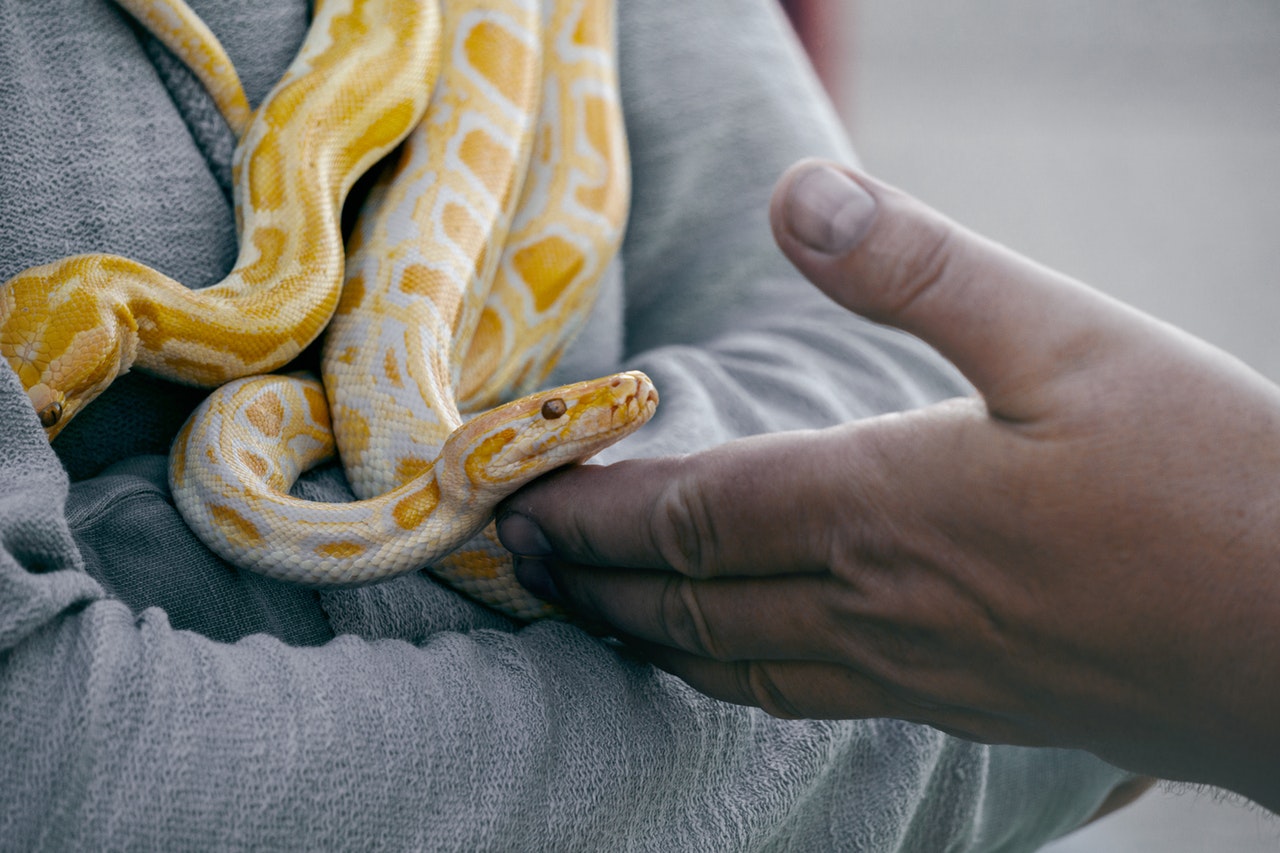As cats and dogs continue to fight it out for the world’s favorite pets, there is a quiet back runner slowly making its way up the poll and into the hearts and homes of potential pet owners.
While you might not want them sleeping in your bed at night, the exotic reptile is proving itself to be an intriguing and low-maintenance option for pet owners.
Snakes and lizards might seem the most obvious choice in the world of reptiles but even the humble turtle is making something of a resurgence with its playful character and easy care.
So who are these mysterious creatures and why are so many lifestyle bloggers and enthusiasts waxing lyrical about reptile ownership?
Before you even begin thinking of what you’re going to call your latest little addition it’s a wise idea to think about space and cost. Space because these tiny little creatures can take up an awful lot of it and cost because as well as the basics such as a professional snake hook, a vivarium, and food, you’ll need to factor in the energy costs associated with keeping heat lamps and possibly water pumps running day and night. There’s also time, for cleaning, and tidying up your pet’s environment, which needs a weekly time slot at the very least. Are you really ready to take on this commitment?
Hopefully, the answer is yes. Owning a reptile can be a fascinating experience, shedding some light on the exotic world of the gecko or the silent speed of the snake.
Choosing the right home for your pet will, of course, depend largely on their size and species. For climbing reptiles, you’ll need taller vivariums that will adequately fit climbing foliage, while turtles will need space for wet and dry areas. Talk to your local pet reptile specialist to find just the right environment for your pet.
Snakes
From corn snakes to rosy boa color morphs, to a more dangerous Small Eyed snake, these creatures make truly fascinating pets. The corn snake is a popular beginner pet as they carry no venom, stays a relatively short 1.8 meters long, and comes in a variety of beautiful colors.
When taking on a snake there are several factors to consider, not least the fact that snakes can live up to 20 years old making them something of a long-term commitment. They are also excellent escape artists so creating a safe and secure environment for them is essential.
Other things to bear in mind are their food. You’ll need to weigh up whether you want to feed already dead or live prey to your pet. There are advantages to both. With dead prey, you are able to store larger quantities in your freezer, which makes the feeding process more cost-effective and convenient. However, if you want to see your snake in action then watching them stalk and devour live prey can be a fascinating experience. By encouraging a more natural approach you do run the risk of exposing your snake to harm, as the prey will naturally want to fight back.
Where possible avoid taking on a wild snake as a pet and purchase your pet from a reputable and knowledgeable breeder. A snake brought in from the wild is far more likely to rebel against his new home, leaving him stressed and exposed to illness.
Your vivarium should, as closely as possible, mimic the snake’s natural environment so that while some snakes will favor a sandy floor, others will opt for lush greenery and tree branches to wrap themselves around.
Taking On A Turtle
These fun little creatures come in many different shades and varieties depending on their geographical origins. From the freshwater African Aquatic Sideneck Turtle to the distinctive North American Painted Turtle, these reptiles do well in captivity and can thrive in the right environments.
Much like their snake relatives, turtles can live a long time, up to 30 years in some cases and again this means you may well be in it for the long haul. Parents considering buying one as a gift for teenagers might have to face the fact that they’ll be left holding the dead insects as their offspring disappear off to college.
Saying that turtles are relatively low maintenance. They make ideal pets as they tend to be more active in the day and less so at night, depending on which species you go for.
They will need a decent size living space with access to plenty of water to hunt and cool down in. After a swim and some time spent diving for food, most turtles look to find a dry area to rest on and dry out.
As for diet, turtles tend to mostly eat vegetables or specially made pellets along with a supplement of live insects to help keep their wild instincts intact. This food is generally readily available at your local pet store though bulk online buying can also be an option. Young turtles will need to be fed every day and be given special supplements a couple of times a week.
Lizards And The Like
Geckos have to rank up there as one of the best reptiles to own. They offer a fascinating insight into an otherwise unseen world and provide hours of entertainment trying to spot them hidden under leaves or making their way up the side of your glass tank. They are clever, resourceful, and often live for 20 years.




My daughter keeps asking for a snake for her birthday. I don’t mind them but I keep worrying about if it escapes the cage
Like any pet, I am always concerned about where they have originated from and if it’s the best care for them to be in a small tank. My friend had a snake growing up and it stayed pretty small. It was so cute! I’ve never owned a snake myself but wouldn’t be against it!